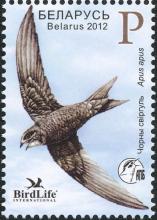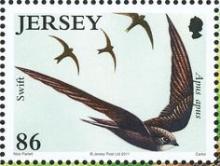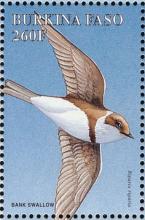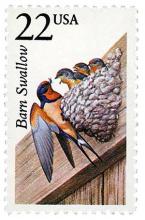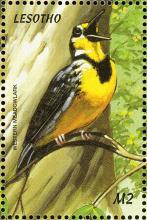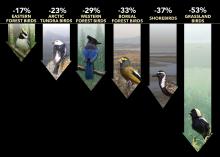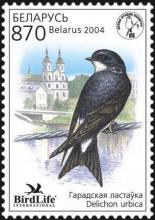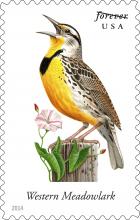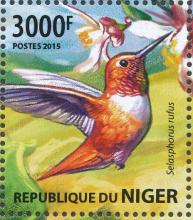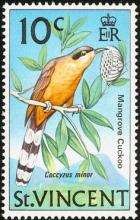Swift return to Argyll
- Lees meer over Swift return to Argyll
- Login om te reageren
Swifts are slightly larger than swallows and have an all dark plumage with only a short forked tail. They feed on flying insects and spend most of their life in the air (including when they sleep), usually coming down to earth to breed. They are fast fliers often chasing one another over buildings when they give a screeching call.
Swifts arrive back in Argyll in early May and breed in some of the towns, villages and other buildings in Argyll. They spend around three months in Argyll, departing in early-mid August, to their wintering grounds in Africa.

